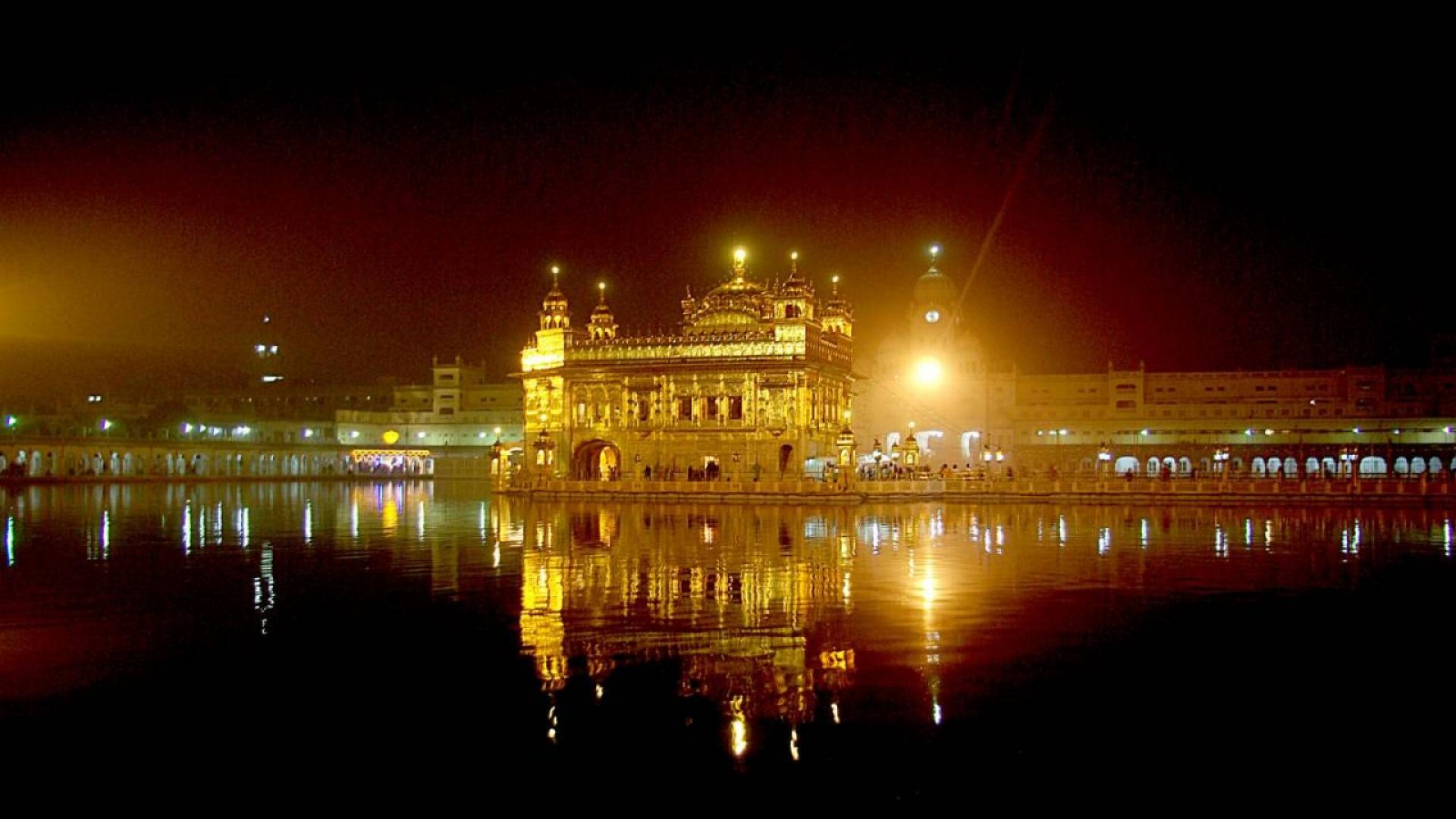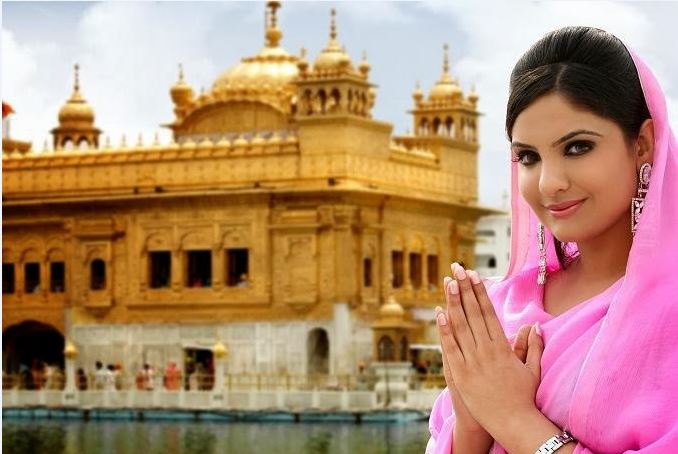Revealed The Golden Temple

The Harmandir Sahib also Darbar Sahib, and informally referred to as the Golden Temple is a prominent Sikh Gurdwara located in the city of Amritsar, Punjab, India. It was built by the fifth Sikh guru, Guru Arjan Dev, in the 16th Century. In 1604, Guru Arjan Dev completed the Adi Granth, the holy scripture of Sikhism, and installed it in the Gurdwara.
There are four doors to get into the Harmandir Sahib, which symbolize the openness of the Sikhs towards all people and religions.The present day Gurdwara was rebuilt in 1764 by Jassa Singh Ahluwalia with the help of other Sikh Misl’s. In the early nineteenth century, Maharaja Ranjit Singh secured the Punjab region from outside attack and covered the upper floors of the Gurdwara with gold, which gives it its distinctive appearance and English name the Golden Temple.
Sri Harmandir Sahib literally means The Temple of God. The fourth guru of Sikhism, Guru Ram Das ji, excavated a tank in 1577 CE which subsequently became known as Amritsar (meaning “Pool of the Nectar of Immortality”), giving its name to the city that grew around it. In due course, a Sikh edifice, Sri Harmandir Sahib (meaning “the abode of God”), rose in the middle of this tank and became the supreme centre of Sikhism. Its sanctum came to house the Adi Granth comprising compositions of Sikh Gurus and other saints considered to have Sikh values and philosophies, e.g., Baba Farid, and Kabir. The compilation of The Adi Granth was started by the fifth guru of Sikhism, Guru Arjan Dev ji.
Sri Harmandir Sahib at nig Gurdwara was surrounded by a small lake in a thin forest. The third of the six grand Mughals, Emperor Akbar, who visited the third Sikh Guru, Guru Amar Das, in the neighbouring town of Goindval, was so impressed by the way of life in the town that he gave a jagir (the land and the revenues of several villages in the vicinity) to the Guru’s daughter Bhani as a gift on her marriage to Bhai Jetha, who later became the fourth Sikh Guru, Guru Ram Das ji. Guru Ram Das ji enlarged the lake and built a small township around it. The town was named after Guru Ram Das ji as Guru Ka Chak’, Chak Ram Das or Ram Das Pura.

During the leadership of the fifth Guru, Guru Arjan Dev (1581–1606), the full-fledged Gurdwara was built. In December 1588, Guru Arjan Dev ji initiated the construction of the Gurdwara. The foundation stone was laid by none other than Sri Guru Arjan Dev Sahib himself in December 1588. It is a common misconception that the foundation stone was laid by the Sufi saint Mian Mir of Lahore.
The Gurdwara was completed in 1604. Guru Arjan Dev ji, installed the Guru Granth Sahib in it and appointed Baba Buddha Ji as the first Granthi of it on August 1604. In the mid-18th century it was attacked by the Afghans, by one of Ahmed Shah Abdali’s generals, Jahan Khan, and had to be substantially rebuilt in the 1760s. However, in response a Sikh Army was sent to hunt down the Afghan force. They were under orders to show no mercy and historical evidence suggests the Sikh Army was decisively victorious in the ensuing battle. Both forces met each other five miles outside Amritsar; Jahan Khan’s army was destroyed.
Operation Blue Star was commenced on 3 June 1984 and ended on 6 June 1984. The Indian Army led by General Kuldip Singh Brar brought infantry, artillery, and tanks into Sri Harmandir Sahib to arrest Jarnail Singh Bhindranwale. Sri Harmandir Sahib complex and some of the surrounding houses were fortified. The Statesman reported on 4 July that light machine-guns and sophisticated self-loading rifles were known to have been brought into the compound.
ndira Gandhi ordered the army to launch Operation Blue Star. Within six months, Indira Gandhi’s Sikh bodyguards killed her (31 October 1984) for the perceived sacrilege.
Fierce fighting ensued between Bhindranwale’s supporters and the soldiers, in which many of Bhindranwale’s supporters were killed along with many soldiers. An official account tallies the deaths of 83 soldiers and 492 civilians killed by the army Sri Harmandir Sahib complex also suffered much damage due to the fighting, especially the holy Sri Akal Takhat Sahib.
Many Sikhs regarded the attack as a desecration of their holiest shrine and discrimination of a minority.
In 1986, the repairs performed on the holy Sri Akal Takhat Sahib, which the Rajiv Gandhi Government had undertaken without consultation, were removed. A new Sri Akal Takhat Sahib was completed in 1999 by Kar Sevaks.
Now watch full series on Revealed The Golden Temple Amritsar
You May Be Interested IN